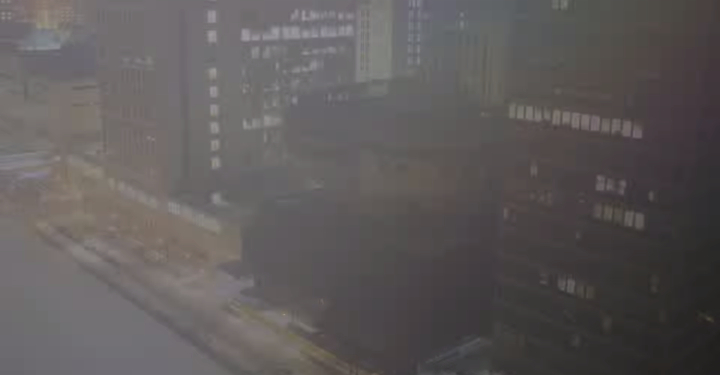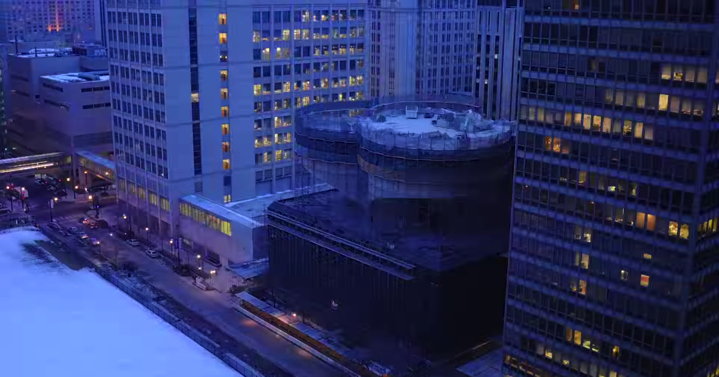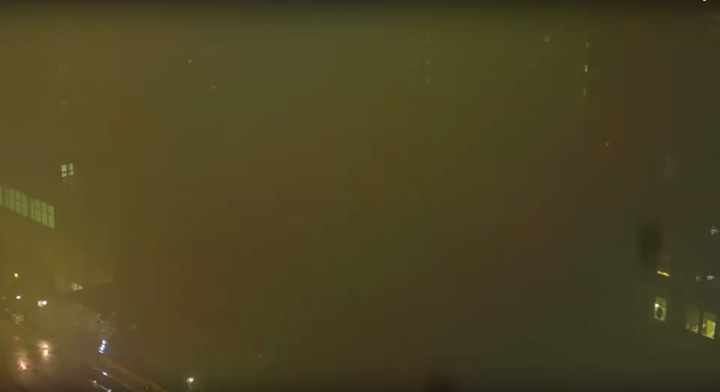TOBY ALTMAN
from Discipline Park

fig. 5. If I announce to a group of strangers that I am in pain. If the lips of the wound are designed for excavation. If I reach this ghostly position, a regiment of raw bottles, oozing mortar and form-marked concrete. If roses of shale and roses of shall are pressed into the plush institutional carpet. If I audit the candied pleat of petroleum. If I recline in the corpse of the meadow to peruse a bridal magazine. If I make my mouth a nest for corporate power, as it roams the shady hills, swallowing the arbors and fog to frame a space in which it lays a subdivision, a golf course, and an Olive Garden.
Then I came to a luxuriant city. Then the poets sang the pleasures of dark, pharmaceutical spam. Then I pealed back the surface of the river to show the bodies intimately packed there. Then their gills were green from prolonged contact with chemical fertilizers. Then their udders were chapped and tanned with antiquity. Then the men drained the celestial liquor burdened within them. Then they carried it to the water treatment plant, where it is bound in plastic bottles and sold for a dollar and ninety-eight cents at gas stations and bodegas.

fig. 6. In this image, the tender structure begins to melt. The medium itself is disposable. A delicately glassed substance, through which the camera issues its intricate forms of unevenness. Consider the dark round of the open lens. The person who holds it is organized, violently, into a glassy stream. And only the banker’s eye survives, like a low drum in the meadow. Whose meaning is: refrain.
The history of which I speak is merely “wreckage on wreckage.” Territories of trash, compacted by an invisible hand. Its gaze is a laceration in the field of sight. It punctures the cloud of ashy plastic that memory draws across its objects. It displaces the wound from eye to eye. It already entails the production of value. In this image, the body is an unresolved incision. Nothing is its neighborhood.

fig. 8. What is the future for Oedipus, whose eyes stream blue petroleum juice? Yes, let us speak of the future. Even after such a massacre of concrete. It involves, simply, being in pain. Its consequence is the progressive destruction of wetlands and meadows. Its promise is the orderly placement of roses and ivy. A dead rabbit tossed on a bed of barley. It engages
the manufacture of bags and bottles, mourning silks, disposable nylons. The soft tissue that spools out inside of children as they learn the rudiments of language. The future, for them, is a bottomless event: a very deep pizza pie, folded into or inscribed within their inky, pathological matter. “Behold,” they say, “I lay upon the stony bridal bed and all my sensuous characteristics were extinguished.” All day, they refrained from creating value. And gunfire was their food. “Behold,” they say, “I have become a weapon.”

fig. 9. Unfortunately, friends, the future is on fire. In the taut, melodious presence of the flame, I wonder if the building ever was. A building is a wild jar. A building is always about to happen. The word itself describes a flexing, the pull of steel into shape. Ongoing, unstable, in pain. In other words, it ends in desolation. The lovely spine turns tender. There is no meat that gathers on it. There is no human salvage. No medicinal touch. The building makes its final
arrangements in the dust. “You’ve been leaving yourself everywhere,” says the judge. Then, “You are free to have nothing.” Then, “Freedom is sad.” In other words, the future is warm with loss. When his verdict comes (a verdict always does), it robs us of our witness. Even the thought of it makes flesh religiously. Makes limitless emergency. Is there too much of it or just enough?
Toby Altman is the author of four chapbooks, including recently, Tender Industrial Fabric (Greying Ghost, 2015) and Same Difference (Shirt Pocket Press, 2015). His poems can/will be found in The Black Warrior Review, Crazyhorse, Lana Turner, and other journals and anthologies.
